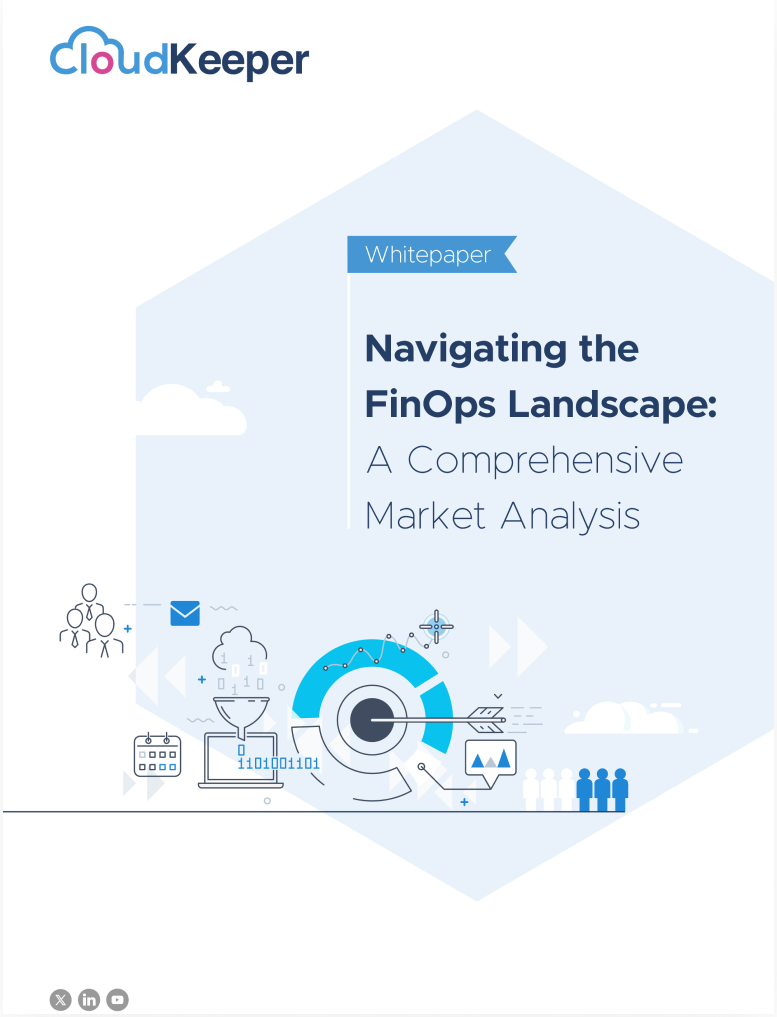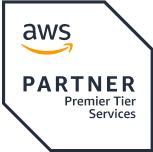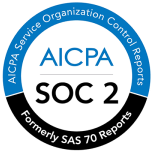Imagine you run a rideshare company along the likes of Uber and Lyft. The most important question you would ask yourself and your team would be “Are we actually making profits on each ride?”. It's a bit tricky to make sense of, given the costs like fuel, vehicle maintenance, technology licenses, and driver payments against each fare. This is where unit economics swoops in and saves the day by breaking down revenues and costs per unit.
Going by the above example, the metrics could be costs and revenue per ride, which can pinpoint exactly how much profit or loss each ride delivers to the company. This further helps the company refine pricing strategies or trim unnecessary costs.
As you might have understood, unit economics is the analysis of the profitability of a single unit or transaction within a business, where the unit is any quantifiable item that brings in value. Monitoring unit economics makes it easier to assess the profitability of the business at a granular level and do forecasts like break-even points and gross margin. Unit economics is an important concept applicable across industries, especially for companies venturing into new marketing or scaling their business.
In the cloud computing sphere, where costs can swing dramatically in response to demand, the unit economics concept can enhance cloud cost optimization and help companies ensure every dollar spent is an investment towards profitable outcomes. It also lets the Finance, Engineering, and Business teams make strategic decisions that balance cost and performance.
No wonder the FinOps Foundation has a whole unit economics Working Group dedicated to designing resources and frameworks that help a universal implementation of these concepts. Let’s learn more about cloud unit economics.
What exactly is Cloud Unit Economics?
At a fundamental level, cloud or FinOps unit economics is all about getting the most value out of every unit or transaction of the business and every dollar spent in the cloud. It is a cost management strategy that measures and analyzes the marginal spending and revenues associated with cloud-based businesses. By using multiple unit metrics, organizations can forecast, with greater accuracy, the point where their cloud investments would break even and start making money for the business.
The strategy involves detailed tracking and analysis of unit costs and unit revenue, tying financial performance directly to cloud operations. For example, businesses might monitor the cost per server hour or cost per GB of data stored and the revenue each of these units generates.
The profitability of cloud investments in this scenario will be calculated as:
Profit per Server Hour = Revenue per Server Hour - Cost per Server Hour
Here:
- Revenue per Server Hour represents the income generated from each server hour used.
- Cost per Server Hour is the expense incurred for each server hour used.
This equation helps a business evaluate the profitability and financial performance in relation to server utilization for a product or service delivered to the customer.
Why is Cloud Unit Economics Important?
The variable cost model remains one of the most attractive features and at the same time, one of the main challenges of commercial usage of cloud. While the cloud costs are as dynamic as the weather, linking them to quantifiable units, like per customer or per feature costs, makes it easier to manage from a cloud finops perspective.
These metrics allow for data-backed discussions that align engineering, finance, and business units under a common goal: maximizing cloud efficiency and business value for day-to-day operations, new feature releases, scaling up business, and more.
Didn’t you notice that despite having a crucial role, cloud unit economics is not listed as one of the fundamental pillars of FinOps? Well, that’s because unit economics supports and enriches all six pillars, ensuring effective spending accountable use of resources, and optimized investment. It is not a goal in itself, but a foundational undercurrent that integrates these principles seamlessly.
Cloud Unit Economics in the Non-profit Sector
While most of the cloud unit economics framework has been designed keeping commercial usage in mind, it isn’t just for profit-driven enterprises. For non-profits and public sector entities, success is measured in terms of ‘value delivered’. Here, the focus shifts to maximizing the impact and reach of each dollar spent, ensuring the effective delivery of civic goods and services within budget constraints.
Consider a non-profit dedicated to educational outreach. To measure effectiveness, they could adopt a cost-per-educational-session-delivered metric. This approach helps the organization implement FinOps best practices to optimize cloud spending used for hosting virtual classrooms and distributing material. This ensures more funds are available to expand their educational programs.
This adaptability across different domains and types of organizations underscores the universality of cloud unit economics and its critical role in any cloud finops strategy.
Benefits of Cloud Unit Economics
Cloud unit economics offers one of the most effective ways to make data-driven decisions regarding your cloud investments. The advantages it offers are a multitude which include:
- Clarity on Financial Performance: It helps management, investors and employees get a clear picture of the company’s financial performance, aiding their strategic decision-making.
- Forecasting Profitability: By analyzing unit metrics, businesses can predict profitability and identify the factors that affect profit margins, enabling them to make timely optimizations.
- Cost Optimization Planning: Helps companies determine if their products are architected and priced appropriately, unveiling areas for cloud cost optimization efforts.
- Evaluating Product Potential: Businesses could use this concept to understand which products and services are most profitable, supporting product roadmap decisions and engineering priorities.
- Promoting Responsible Usage: It allows for the measurement of end-user behavior impact on cloud costs, be it the employee or the customers. The related metrics will help encourage cost-conscious behavior and optimize resource utilization.
- Improve Cloud FinOps Practices: Cloud unit economics facilitates collaboration between Engineering, Finance, and Business teams by translating cloud spend into units of business value. The practice also helps in benchmarking cloud FinOps KPIs against competitors, gaining insights into cloud elasticity, and streamlining processes like showback and chargeback.
Common Use Case Scenarios
The cloud unit economics concepts are universal and can be applied across businesses of all types, shapes, and sizes. Here are some sample use case scenarios where you can use it:
- A Cybersecurity SaaS company measuring cost per analyzed security event to understand cost-to-serve and pricing strategies.
- A Municipal Transportation Authority measuring cost per passenger for a mobile ticketing application to assess app usage impact on costs.
- An E-commerce Platform analyzing cost per order to forecast expenses during peak shopping seasons.
- A Food Delivery Service evaluates cost per delivery by time of day to optimize delivery route efficiency.
- A Project Management Software company tracking cost per active project team to identify high-cost clients.
Though the concept of unit economics is domain-agnostic, the specific metrics used do not follow a one-size-fits-all approach. The metrics that work for you would be a function of what you do, your industry, target market, company size, and the aspects unique to the business. Unit metrics could also vary according to the measurement categories. Here are some examples:

Getting Started with Cloud Unit Economics
So, you have a foundational understanding of the concept and you are ready to dive in. Do you go headfirst, do a flip, or land on your back? Let’s break it down.
When to Get Started
Think of it as setting up the GPS before hitting the road. You want to figure out your destination and the best route to get there. In this case, the destination is understanding your cloud spending better, and the route involves defining those key metrics.
So, when do you start? Right from the get-go! Don't wait until your cloud bill is through the roof to figure out what's going on. The earlier you start, the better prepared you'll be to tackle any cloud FinOps challenges that come your way. This will also build a stronger link between your stakeholders, especially at the business level. Additionally, integrating these metrics or KPIs into the business processes will help align financial and operational goals, enhancing cloud cost visibility and accountability. This integration promotes optimized spending and strategic decision-making across the organization, ultimately driving adherence to FinOps best practices, improved financial health, and competitive advantage in the market.
How to Get Started
Implementing cloud unit economics practices requires a strong unit cost model or in simple terms, the initial set of unit cost metrics. You should seek out help from within your organization from those who are already thinking about this and enlist their support. Don't be afraid to put your ideas out there, even if they're not perfect. Most of the time, the practice starts with the involvement of Sales and Marketing personnel, who can understand the business better from the customer perspective. They can help link cloud spending with metrics such as Customer Acquisition Cost (CAC), Customer Life Time Value (LTV), and Customer Retention Cost (CRC) (which are quite well-known these days, thanks to the Shark Tanks and Dragon’s Dens of the world).
- Defining the First Set of Metrics
When it comes to defining your metrics, there's no one-size-fits-all solution. You should tailor them to your organization's unique needs and workflows. And most probably, there won’t be any single central metric that rules all others. It’s recommended to have metrics that are not static, and that evolve according to business objectives, new insights gained, or any other reason that brings in clearer visibility to cloud cost optimization practices.
The metric should be actionable and should have a certain level of correlation between its value and the use of cloud resources.
- Deciding Who Collects the Data
The data collection policies depend on the objectives, culture, and team preferences. It is also a choice between pulling or pushing the data required.
Pulling data involves retrieving it when needed, typically user-friendly but may not suit complex metrics. Pushing data entails sending it to a centralized dashboard automatically, which may require technical expertise. Regardless of the method, centralizing metrics for analysis is essential. The crucial step is to begin the process, learning as you go, and sharing cloud finops insights to foster broader adoption of unit cost metrics in cloud operations.
It is also important to seek feedback regularly on the practicality and usefulness of the metric from the stakeholder perspective. This is to make sure the KPIs are relevant to the business and the effort involved doesn’t go in vain. Proper tracking and measurement of metrics is also an important aspect of cloud unit economics.
- Making Company-Specific Optimizations
Once the metrics are set up and the data collection plan is decided upon, it’s time to level up with any organization-specific adjustments. One of the crucial aspects here is how the responsibilities would be mapped across various cloud FinOps Personas. Here is an image briefly depicting who should own what.
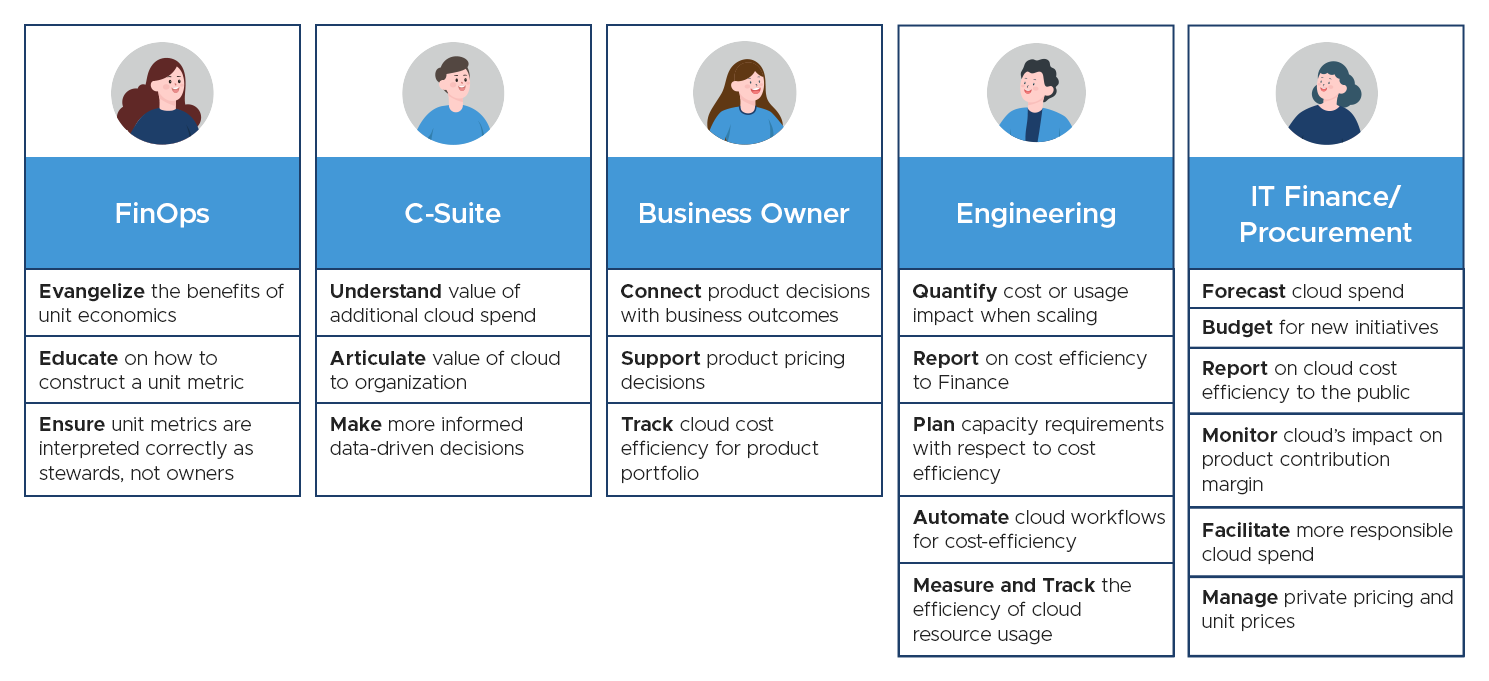
Stay flexible, as this isn’t a rigid or unchangeable mapping. Remember, there’s no one right way to do this. Keep at what’s working for your organization and have those lines of communication open. However, it is always advisable to keep the cloud FinOps team at the center, which would be responsible for maintaining the unit metrics repository and articulating the business value of these metrics to the others in the meeting.
Potential Roadblocks and Challenges
Implementing Cloud unit economics practices in an organization might not always be a cakewalk. There are a lot of factors that might work against you while integrating unit economics into cloud cost management.
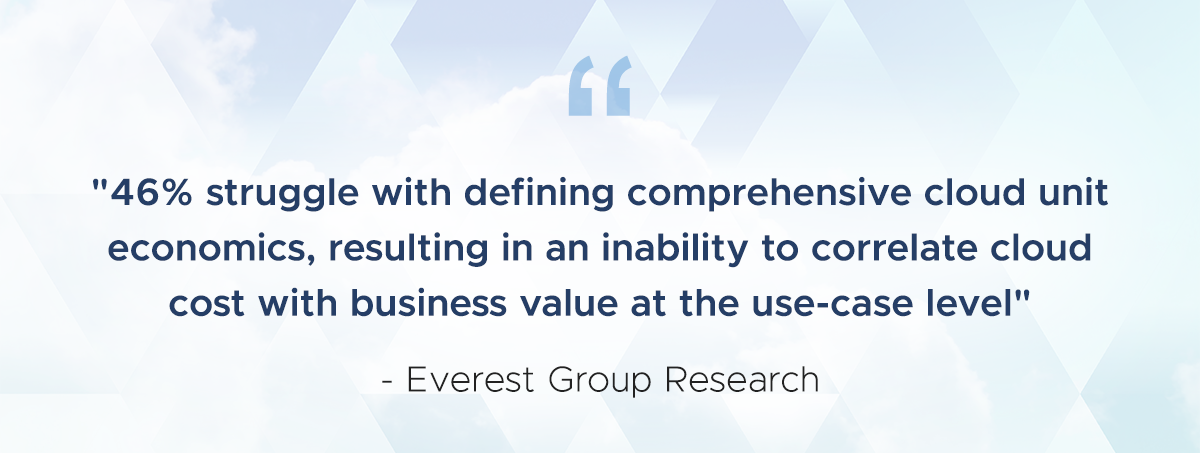
Knowing What to Measure: Choosing the right metrics is crucial for accurately assessing cloud spend and resource utilization. For example, opting for a cost-per-GB metric may overlook efficiencies gained through data compression techniques, leading to misleading cost assessments. Collaborating with stakeholders to identify metrics aligned with business value is essential for effective cloud cost optimization.
Defining Financial Inputs: Organizations must decide whether to incorporate discounts, negotiated rates, shared costs, and other operational expenses into their cost calculations. This necessitates thorough consideration of various factors, such as enterprise discounts like the AWS Enterprise Discount Program, private pricing agreements, and bulk discounts on licensing costs, to ensure accurate cost representation.
The Number of Metrics Required: Determining the number of metrics required is also a critical challenge. Striking a balance between granularity and simplicity is essential, as too many metrics can overwhelm stakeholders, while too few may provide insufficient insights. Embracing the principle of "good enough" enables organizations to achieve meaningful cost insights without impacting the results of FinOps best practices.
Despite the challenges inherent in adopting cloud unit economics, the benefits far outweigh these obstacles. The rewards in terms of cost efficiency and operational excellence make it a worthwhile endeavor for organizations seeking to thrive in the cloud computing landscape.
How CloudKeeper Saves You The Effort
As you might now be aware of all the fundamental aspects of cloud unit economics, the best practices, and the challenges that might dampen its implementation, you should also know that there are better ways to get things rolling. Collaborating with a seasoned third-party vendor paves the way for a more seamless journey ahead.
With CloudKeeper's comprehensive Cloud FinOps Consulting & Support, you can trust in the implementation of the right unit metrics, tailored to your organization's needs. Backed by 15 years of experience and a dedicated team of 300+ cloud and DevOps experts, CloudKeeper has a proven track record of delivering substantial savings for countless organizations. Through our FinOps Consulting and Support service, we empower businesses with FinOps best practices to gain deeper insights into their cloud infrastructure, optimize key metrics, and maximize returns on cloud investments.
Conclusion
While challenges such as measurement clarity and metric selection exist, the benefits of cloud unit economics far outweigh them. Partnering with experienced Cloud FinOps Partners can streamline implementation, offering expertise and support throughout the journey. With the right guidance and strategies in place, organizations can optimize their cloud investments, achieve substantial savings, and enhance their financial performance.
Did you know CloudKeeper offers FinOps Consulting and Support completely free if you sign up for any of our solutions including CloudKeeper AZ and CloudKeeper Auto? Learn more about our offerings.
